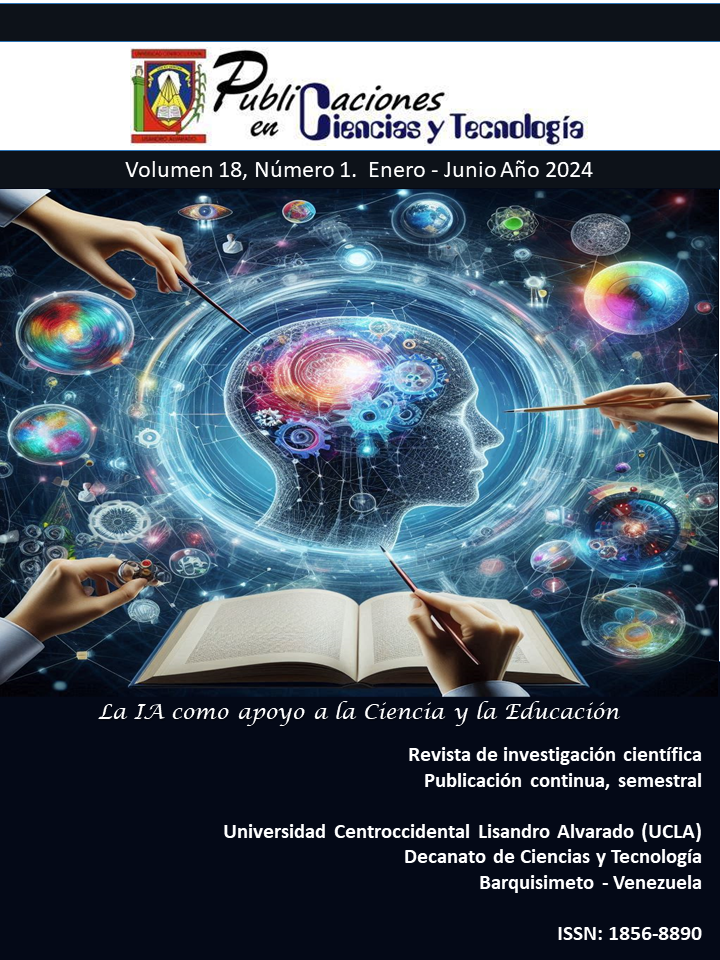La Artificial intelligence without mathematics, is it possible?
Keywords:
Editorial, Artificial Intelligence, MathematicsAbstract
Artificial intelligence (AI) has advanced at a dizzying pace, permeating nearly every aspect of modern society. From the virtual assistants on our phones to the complex algorithms that drive decisions in financial markets, AI has become a transformative force. Often, its capabilities seem almost magical, conjuring up images of science fiction and futuristic robots. However, behind this facade lies a solid, fundamental foundation: mathematics. The question many are asking is whether artificial intelligence could exist and make significant progress without recourse to mathematical principles. This analysis attempts to explain that mathematics is not simply a useful tool for AI, but constitutes its very essence, making the development and significant advancement of artificial intelligence without mathematical foundations an impossibility for deep understanding and real progress.
Downloads
References
Abe, S. (2010). Support vector machines for pattern classification (2nd ed). Springer.
Bishop, C. M. (2006). Pattern recognition and machine learning. Springer.
Braga-Neto, U. M. (2024). Fundamentals of Pattern Recognition and Machine Learning (2nd ed. 2024). Springer International Publishing. https://doi.org/10.1007/978-3-031-60950-3
Fessler, J. A., & Nadakuditi, R. R. (2024). Linear algebra for data science, machine learning, and signal processing. Cambridge university press.
Golub, G. H., & Van Loan, C. F. (2013). Matrix computations (Fourth edition). The Johns Hopkins University Press.
Jamal, M. (2024, enero). Why math is vital to thrive in your AI career. Buitin. https://builtin.com/articles/math-for-ai
Kutyniok, G. (2024, julio). The mathematics of reliable artificial intelligence. SIAM News, 57(06). https://www.siam.org/publications/siam-news/articles/the-mathematics-of-reliable-artificial-intelligence/
Meenu, D. (2024). The role of mathematics in artificial intelligence and machine learning. Innovative Research Thoughts, 10(3), 60-65. https://doi.org/10.36676/irt.v10.i3.1434
Published
How to Cite
Issue
Section

This work is licensed under a Creative Commons Attribution-NonCommercial-ShareAlike 4.0 International License.
The opinions expressed by the authors do not necessarily reflect the position of the publisher of the publication or of UCLA. The total or partial reproduction of the texts published here is authorized, as long as the complete source and the electronic address of this journal are cited.
The authors fully retain the rights to their works, giving the journal the right to be the first publication where the article is presented. The authors have the right to use their articles for any purpose as long as it is done for non-profit. Authors are recommended to disseminate their articles in the final version, after publication in this journal, in the electronic media of the institutions to which they are affiliated or personal digital media.



